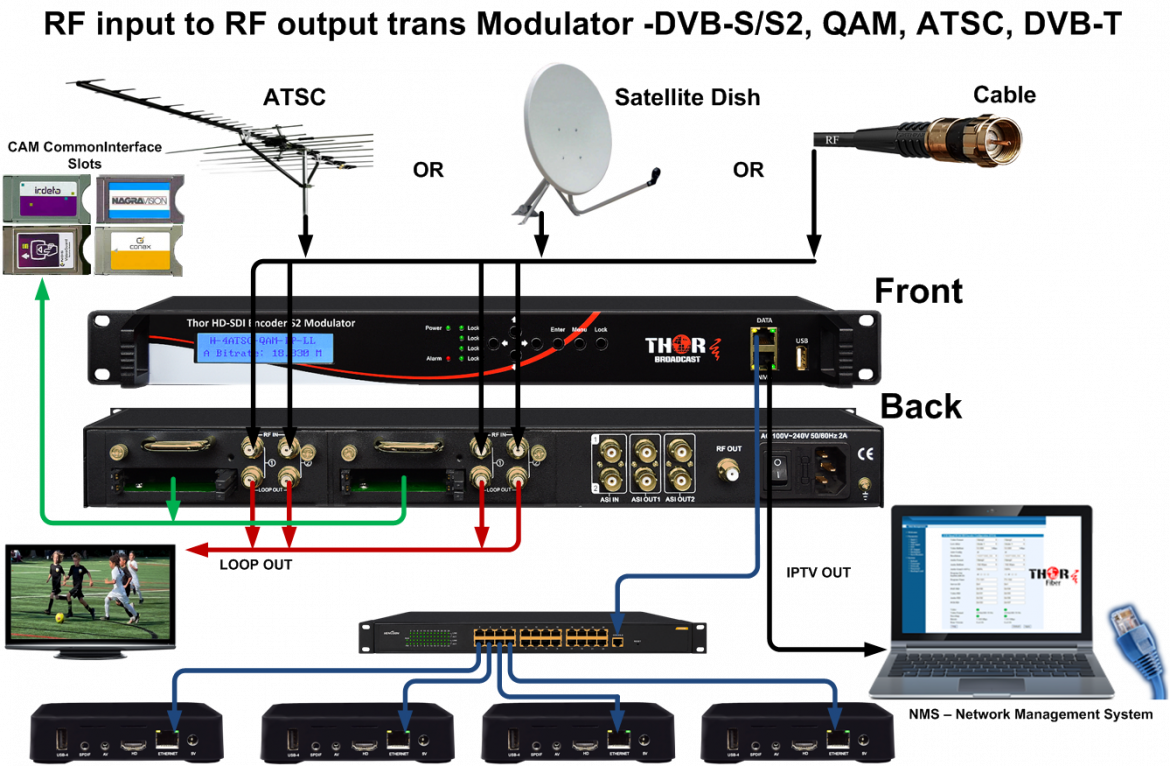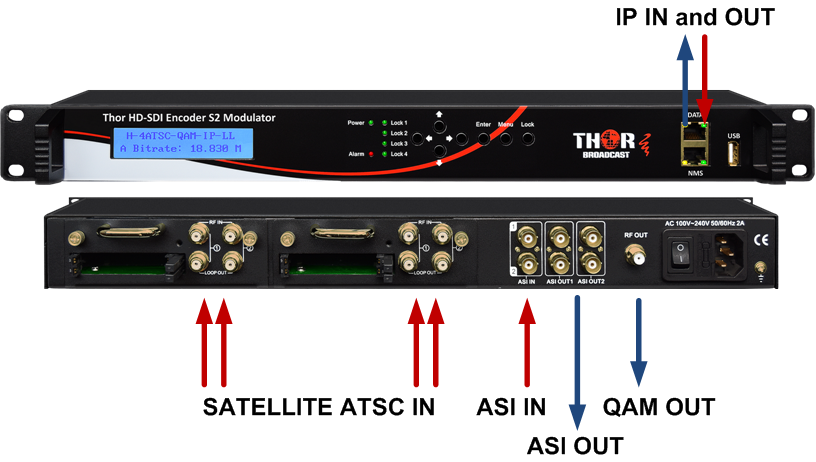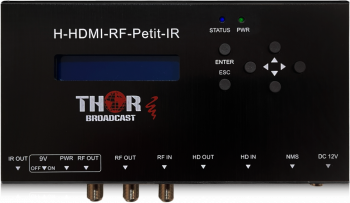H-4-ATSC-QAM - 4 OFF AIR ATSC channels (frequencies) to CATV QAM , IP, ASI
H-4-DVBS2-QAM - 4 satellite channels (frequencies) to CATV QAM , IP, ASI
H-4-DVB-T-QAM - 4 OFF AIR DVB-T channels (frequencies) to CATV QAM , IP, ASI
H-4-ATSC-ATSC - 4 OFF AIR ATSC channels (frequencies) to ATSC trans - modulator, + IP +ASI
H-4-DVBT-QAM - 4 OFF AIR DVB-T channels (frequencies) to QAM trans- modulator, + IP, ASI
H-4-DVBS2-ATSC - 4 satellite channels (frequencies) to ATSC trans- modulator, + IP, ASI
H-4-DVBS2-DVBT - 4 satellite channels (frequencies) to DVB-T trans- modulator, + IP, ASI
H-4-DVBS2-ISDB-T - 4 satellite channels (frequencies) to ISDB-T trans- modulator, + IP, ASI
The Need for RF Standard Transmodulators in ATSC to QAM, DVB-S2 to QAM, and DVB-S2 to ATSC Conversions
In the ever-evolving landscape of digital broadcasting, the demand for versatile and adaptive solutions has become paramount. One such solution that plays a pivotal role in meeting this demand is the RF standard transmodulator. This article explores the compelling reasons behind the necessity for RF standard transmodulators, particularly focusing on the conversions from ATSC to QAM, DVB-S2 to QAM, and DVB-S2 to ATSC.
The Dynamics of Broadcast Standards
Broadcasters encounter diverse standards when delivering content to viewers. ATSC and QAM represent different modulation schemes used in North America, each with its unique characteristics. On the other hand, DVB-S2 is a standard used for satellite broadcasting, and the need arises to seamlessly integrate satellite signals into cable networks.
Case Study: ATSC to QAM Transmodulation
Consider a scenario where a broadcaster operates with an ATSC standard but wishes to extend the reach of their content to cable subscribers using QAM modulation. An RF standard transmodulator serves as the bridge, converting the ATSC signal into QAM without compromising quality. This flexibility allows broadcasters to cater to a wider audience and explore new markets without the need for extensive infrastructure changes.
Case Study: DVB-S2 to QAM Transmodulation
Satellite broadcasters face a similar challenge when aiming to deliver content to cable subscribers. By employing an RF standard transmodulator, the DVB-S2 satellite signal can be seamlessly transmodulated into QAM for cable distribution. This conversion preserves the integrity of the signal, ensuring that viewers receive a high-quality and reliable broadcast experience.
Case Study: DVB-S2 to ATSC Transmodulation
In some instances, broadcasters may want to integrate satellite content into an ATSC-based system. Here, the RF standard transmodulator becomes a crucial tool for converting DVB-S2 satellite signals to the ATSC standard. This enables a seamless integration of satellite programming into terrestrial networks, providing broadcasters with the flexibility to offer diverse content to their audience.
Key Benefits of RF Standard Transmodulators
-
Versatility: RF standard transmodulators offer unparalleled versatility by facilitating seamless conversions between different broadcast standards, allowing broadcasters to adapt to evolving market demands.
-
Cost-Effective Solutions: Instead of investing in entirely new infrastructure, transmodulation provides a cost-effective solution to extend the reach of content across different platforms.
-
Preservation of Signal Quality: These transmodulators are designed to maintain the integrity and quality of the original signal during the conversion process, ensuring a superior viewing experience for end-users.
Conclusion
In a landscape where content delivery standards vary, RF standard transmodulators emerge as indispensable tools for broadcasters seeking to expand their reach and diversify their content distribution. The case studies of ATSC to QAM, DVB-S2 to QAM, and DVB-S2 to ATSC conversions illustrate the practicality and benefits of these transmodulation solutions. As the broadcasting industry continues to evolve, RF standard transmodulators stand as key enablers, providing broadcasters with the flexibility needed to navigate the complexities of modern content distribution.
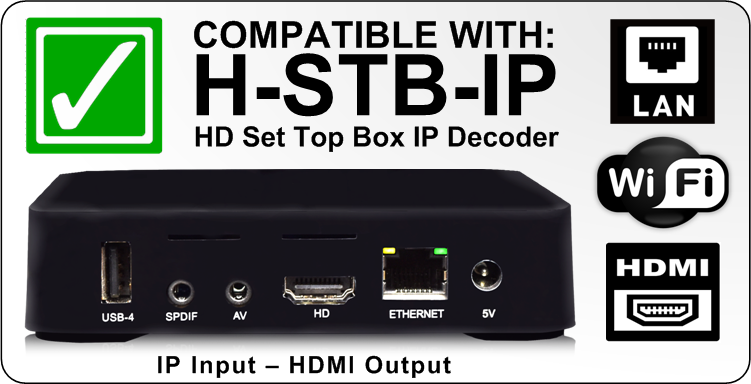
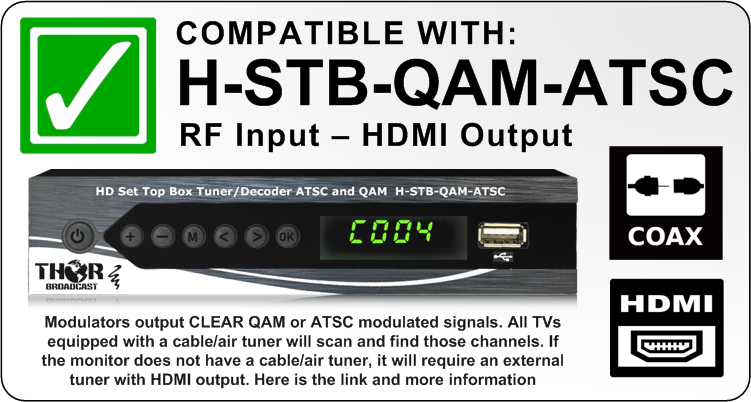

 ES
ES





